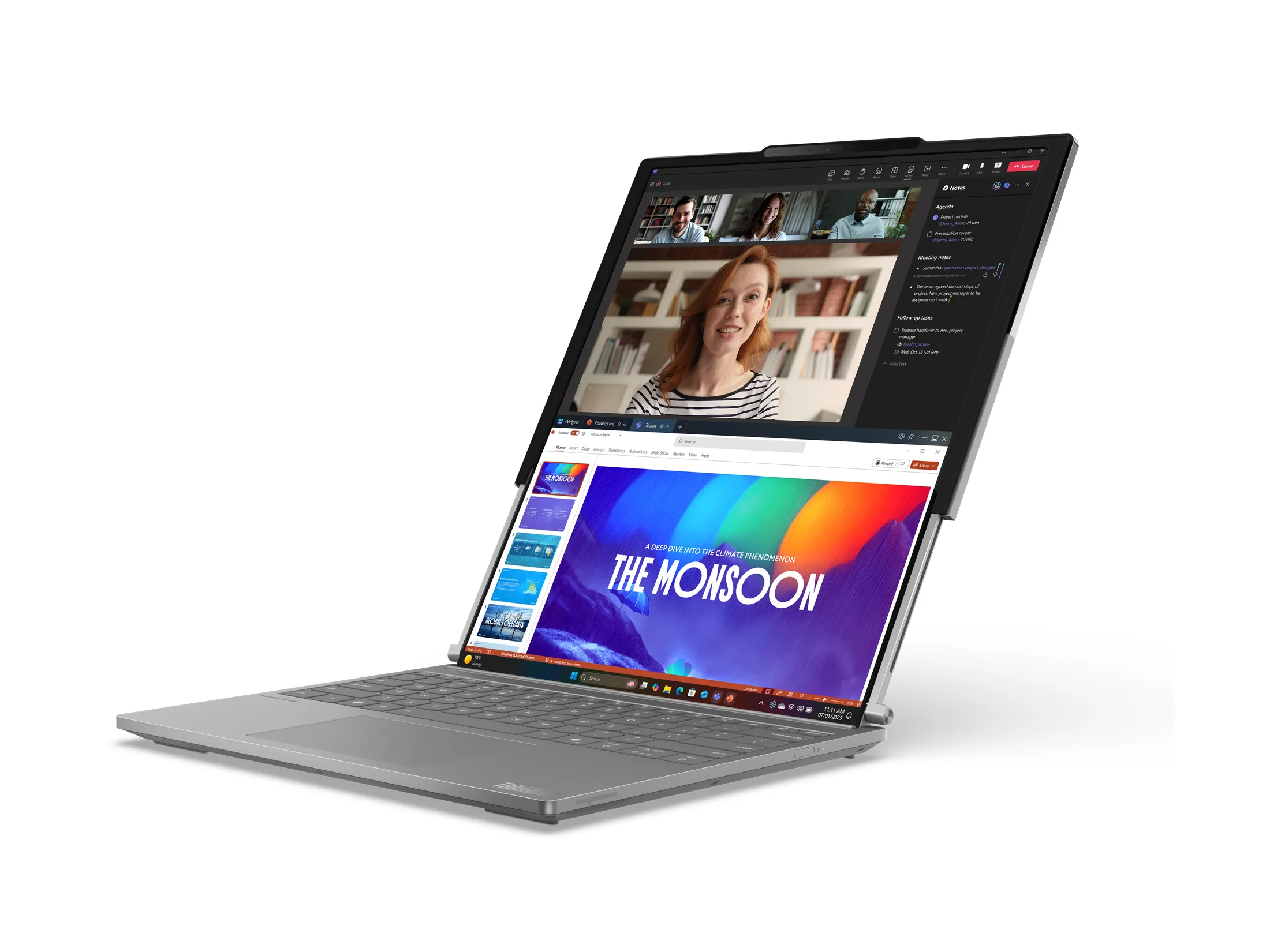Sonos has just dropped its first-ever headphones, the Sonos Ace. These are over-ear Bluetooth headphones packed with features like Snapdragon Sound, aptX Lossless, Dolby Atmos spatial audio, and active noise cancellation. They also support USB-C lossless audio. One notable omission? They don’t support Sonos’ multi-room system.
Many of us thought Sonos would make these headphones integrate seamlessly with their other products, like the Sonos Roam, where music would auto-switch between devices as you move around. Sadly, that’s not the case. Instead, they function like high-end noise-cancelling headphones via Bluetooth. However, they do have one cool Sonos-specific trick.
The Sonos Ace comes with Wi-Fi built-in, allowing them to connect to a Sonos soundbar for TV audio in head-tracked spatial audio. A quick press of a button lets you enjoy your TV’s sound in a virtual home theater setup, perfect for not disturbing others. This feature currently works with the Sonos Arc, with future support coming for the Beam, Beam Gen 2, and Ray.

You can pre-order the Sonos Ace now for $449 / £449 / AU$699, and they’ll ship on June 5, 2024. Yes, it’s a hefty price, but they’re going toe-to-toe with the likes of Bose QuietComfort Ultra and AirPods Max.
In classic Sonos fashion, these headphones come in black or off-white. They feature 40mm dynamic drivers, similar to the older Sony WH-1000XM4 but not the newer XM5 which use 30mm drivers. The Sonos Ace headphones are sleek and don’t stick out much when worn. At 11oz / 312g, they’re not the lightest but also not too heavy. The earpads are replaceable, which is a nice touch.
The package includes a hard case made from recycled materials and a pouch for cables. For connectivity, you get Bluetooth 5.4 with multi-point pairing, Snapdragon Sound with aptX Lossless, and USB-C for lossless audio. There’s no 3.5mm port, but you do get a USB-C-to-3.5mm cable in the box. The Wi-Fi connection is solely for the soundbar link.

They support Dolby Atmos from any compatible Bluetooth device, including iPhones, with head-tracked spatial audio. Battery life is solid at 30 hours with ANC on, and a quick three-minute charge gives you three hours of playback.
Control is via a ‘Content Key’ on the right earcup for volume and playback, with a separate button for switching between TV audio and Bluetooth. No Sonos app needed for setup, but you will need the companion app for head-tracked spatial audio and EQ adjustments. A ‘TrueCinema’ mode is coming soon, promising to tweak spatial audio to better match your living room setup.

One downside? There’s no Find My support, which would’ve been handy for such a pricey pair of headphones.
The Sonos Ace competes closely with Bose QuietComfort Ultra and AirPods Max. They bring long battery life, broad aptX support, lossless USB-C, and Dolby Atmos spatial audio. From early impressions, sound quality and noise cancellation seem top-notch. However, there are some letdowns, especially for Apple users and deep Sonos ecosystem fans. No wireless lossless audio from iPhone and no multi-room Wi-Fi support are notable gaps.
Sonos is open to customer feedback, and while multi-room support isn’t planned, it might come in the future. Despite some disappointments, the Sonos Ace could attract a lot of interest, especially if you’re okay with the premium price.











